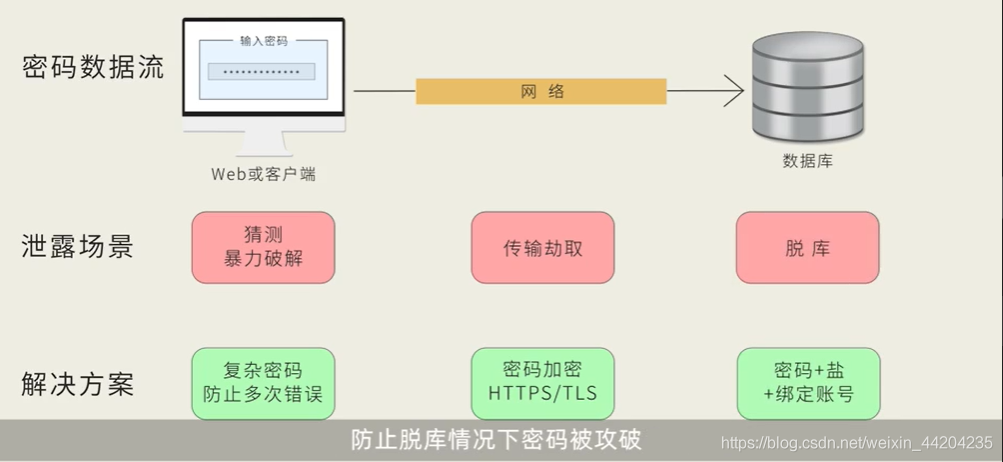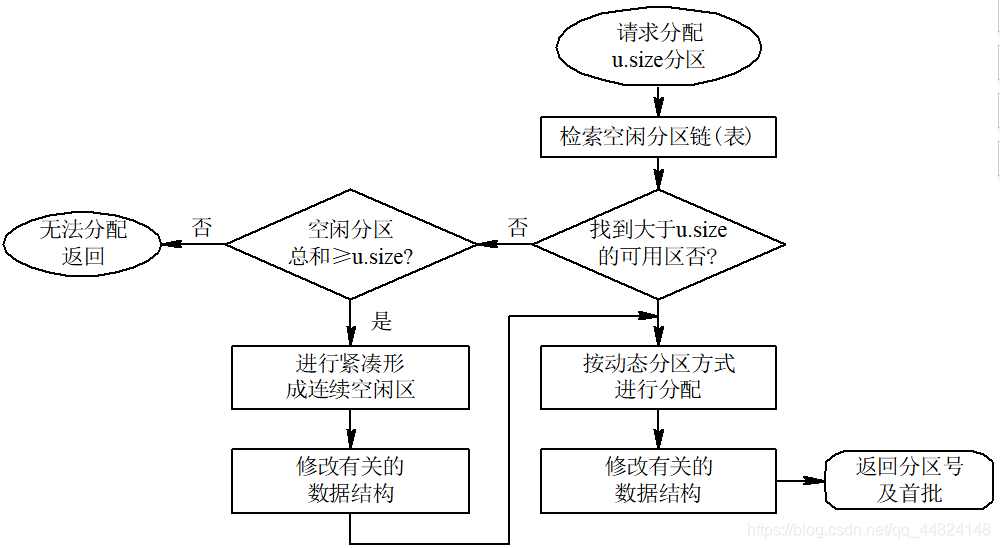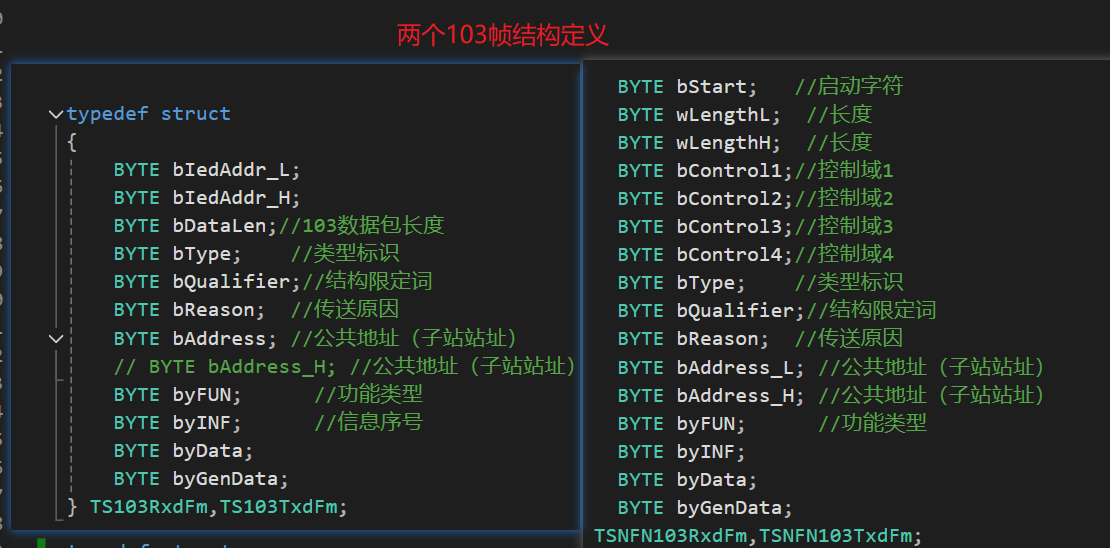1
2
3
4
5
6
7
8
9
10
11
12
13
14
15
16
17
18
19
20
21
22
23
24
25
26
27
28
29
30
31
32
33
34
35
36
37
38
39
40
41
42
43
44
45
46
47
48
49
50
51
52
53
54
55
56
57
58
59
60
61
62
63
64
65
66
67
68
69
70
71
72
73
74
75
76
77
78
79
80
81
82
83
84
85
86
87
88
89
90
91
92
93
94
95
96
97
98
99
100
101
102
103
104
105
106
107
108
109
110
111
112
113
114
115
116
117
118
119
120
121
122
123
124
125
126
127
128
129
130
131
132
133
134
135
136
137
138
139
140
141
142
143
144
145
146
147
148
149
150
151
152
153
154
155
156
157
158
159
160
161
162
163
164
165
166
167
168
169
170
171
172
173
174
175
176
177
178
179
180
181
182
183
184
185
186
187
188
189
190
191
192
193
194
195
196
197
198
199
200
201
202
203
204
205
206
207
208
209
210
211
212
213
214
215
216
217
218
219
220
221
222
223
224
225
226
227
228
229
230
231
232
233
234
235
236
237
238
239
240
241
242
243
244
245
246
247
248
249
250
251
252
253
254
255
256
257
258
259
260
261
262
263
264
265
266
267
268
269
270
271
272
273
274
275
276
277
278
279
280
281
282
283
284
285
286
287
288
289
290
| #include <stdio.h>
#include <stdlib.h>
#include <time.h>
#include <string.h>
#define ACCURACY 5
#define SINGLE_MAX 10000
#define EXPONENT_MAX 1000
#define BUF_SIZE 1024
int modpow(long long a, long long b, int c) {
int res = 1;
while(b > 0) {
if(b & 1) {
res = (res * a) % c;
}
b = b >> 1;
a = (a * a) % c;
}
return res;
}
int jacobi(int a, int n) {
int twos, temp;
int mult = 1;
while(a > 1 && a != n) {
a = a % n;
if(a <= 1 || a == n) break;
twos = 0;
while(a % 2 == 0 && ++twos) a /= 2;
if(twos > 0 && twos % 2 == 1) mult *= (n % 8 == 1 || n % 8 == 7) * 2 - 1;
if(a <= 1 || a == n) break;
if(n % 4 != 1 && a % 4 != 1) mult *= -1;
temp = a;
a = n;
n = temp;
}
if(a == 0) return 0;
else if(a == 1) return mult;
else return 0;
}
int solovayPrime(int a, int n) {
int x = jacobi(a, n);
if(x == -1) x = n - 1;
return x != 0 && modpow(a, (n - 1)/2, n) == x;
}
int probablePrime(int n, int k) {
if(n == 2) return 1;
else if(n % 2 == 0 || n == 1) return 0;
while(k-- > 0) {
if(!solovayPrime(rand() % (n - 2) + 2, n)) return 0;
}
return 1;
}
int randPrime(int n) {
int prime = rand() % n;
n += n % 2;
prime += 1 - prime % 2;
while(1) {
if(probablePrime(prime, ACCURACY)) return prime;
prime = (prime + 2) % n;
}
}
int gcd(int a, int b) {
int temp;
while(b != 0) {
temp = b;
b = a % b;
a = temp;
}
return a;
}
int randExponent(int phi, int n) {
int e = rand() % n;
while(1) {
if(gcd(e, phi) == 1) return e;
e = (e + 1) % n;
if(e <= 2) e = 3;
}
}
int inverse(int n, int modulus) {
int a = n, b = modulus;
int x = 0, y = 1, x0 = 1, y0 = 0, q, temp;
while(b != 0) {
q = a / b;
temp = a % b;
a = b;
b = temp;
temp = x; x = x0 - q * x; x0 = temp;
temp = y; y = y0 - q * y; y0 = temp;
}
if(x0 < 0) x0 += modulus;
return x0;
}
int readFile(FILE* fd, char** buffer, int bytes) {
int len = 0, cap = BUF_SIZE, r;
char buf[BUF_SIZE];
*buffer = (char *)malloc(BUF_SIZE * sizeof(char));
while((r = fread(buf, sizeof(char), BUF_SIZE, fd)) > 0) {
if(len + r >= cap) {
cap *= 2;
*buffer = (char *)realloc(*buffer, cap);
}
memcpy(&(*buffer)[len], buf, r);
len += r;
}
if(len + bytes - len % bytes > cap) *buffer = (char *)realloc(*buffer, len + bytes - len % bytes);
do {
(*buffer)[len] = '\0';
len++;
}
while(len % bytes != 0);
return len;
}
int encode(int m, int e, int n) {
return modpow(m, e, n);
}
int decode(int c, int d, int n) {
return modpow(c, d, n);
}
int* encodeMessage(int len, int bytes, char* message, int exponent, int modulus) {
int *encoded = (int *)malloc((len/bytes) * sizeof(int));
int x, i, j;
for(i = 0; i < len; i += bytes) {
x = 0;
for(j = 0; j < bytes; j++) x += message[i + j] * (1 << (7 * j));
encoded[i/bytes] = encode(x, exponent, modulus);
#ifndef MEASURE
printf("%d ", encoded[i/bytes]);
#endif
}
return encoded;
}
int* decodeMessage(int len, int bytes, int* cryptogram, int exponent, int modulus) {
int *decoded = (int *)malloc(len * bytes * sizeof(int));
int x, i, j;
for(i = 0; i < len; i++) {
x = decode(cryptogram[i], exponent, modulus);
for(j = 0; j < bytes; j++) {
decoded[i*bytes + j] = (x >> (7 * j)) % 128;
#ifndef MEASURE
if(decoded[i*bytes + j] != '\0') printf("%c", decoded[i*bytes + j]);
#endif
}
}
return decoded;
}
int main(void) {
int p, q, n, phi, e, d, bytes, len;
int *encoded, *decoded;
char *buffer;
FILE *f;
srand(time(NULL));
while(1) {
p = 17;
printf("生成第一个随机素数, p = %d ... ", p);
getchar();
q = 11;
printf("生成第二个随机素数, q = %d ... ", q);
getchar();
n = p * q;
printf("计算p和q的乘积n, n = pq = %d ... ", n);
if(n < 128) {
printf("Modulus is less than 128, cannot encode single bytes. Trying again ... ");
getchar();
}
else break;
}
if(n >> 21) bytes = 3;
else if(n >> 14) bytes = 2;
else bytes = 1;
getchar();
phi = (p - 1) * (q - 1);
printf("计算欧拉函数的值phi, phi = %d ... ", phi);
getchar();
e = randExponent(phi, EXPONENT_MAX);
printf("选取一个随机素数e, e = %d...\n获得公钥 (%d, %d) ... ", e, e, n);
getchar();
d = inverse(e, phi);
printf("计算模反元素d, d = %d...\n获得密钥 (%d, %d) ... ", d, d, n);
getchar();
printf("打开文件 \"text.txt\" 用于读取信息\n");
f = fopen("text.txt", "r");
if(f == NULL) {
printf("Failed to open file \"text.txt\". Does it exist?\n");
return EXIT_FAILURE;
}
len = readFile(f, &buffer, bytes);
fclose(f);
printf("文件 \"text.txt\" 读取成功, 读取到%d字节. 以%d字节的字节流编码 ... ", len, bytes);
getchar();
printf("加密得密文为:");
encoded = encodeMessage(len, bytes, buffer, e, n);
printf("\n编码成功完成 ... ");
getchar();
printf("正在解码编码的信息 ... ");
getchar();
printf("解码得明文为:");
decoded = decodeMessage(len/bytes, bytes, encoded, d, n);
printf("\nRSA算法演示完成!\n");
free(encoded);
free(decoded);
free(buffer);
return EXIT_SUCCESS;
}
|










